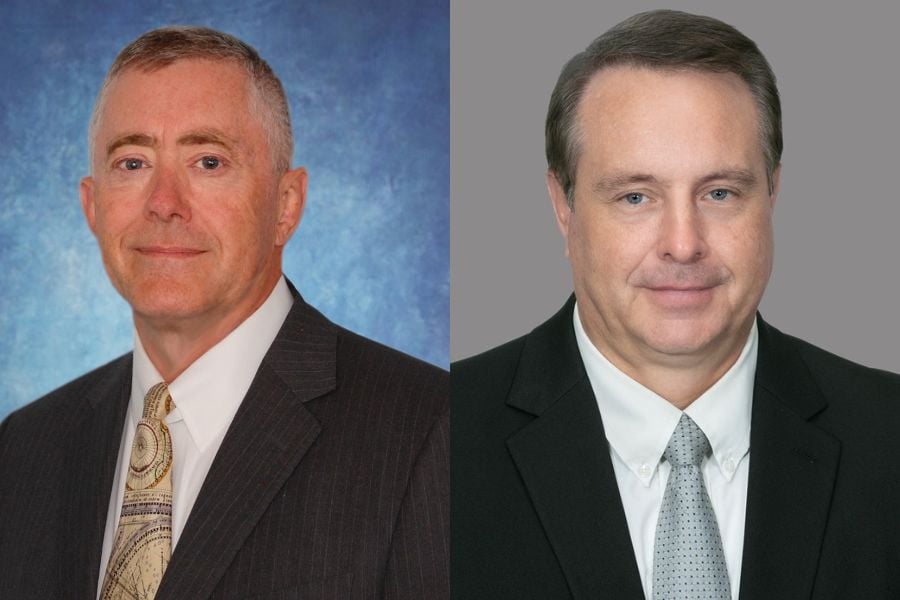

Low-income workers are highly likely to contribute more to their 401(k)s under a forthcoming provision of the Secure 2.0 Act that will provide matching contributions from the government.
When asked, 90 percent of people who have accounts said they would likely bump up their contributions in order to get more of the Saver’s Match, according to the results of a survey published Tuesday by Retirement Clearinghouse and Boston Research Technologies. Further, nearly 74 percent of those without accounts said they would likely start participating in their plans as a result of the Saver’s Match.
“It’s got this incentive in it. You have to have saved. You have to have made contributions to a retirement plan,” Retirement Clearinghouse CEO Spencer Williams said.
The Saver’s Match, which will go into effect in 2027, could have a multiplier effect, as it not only encourages people to sign up for accounts and contribute more but also makes them more likely to receive employer matches as well as the federal government match, Williams said. That would disproportionately benefit younger, low-income workers, who are more likely to be Black or Hispanic, according to the report. Having accounts funded earlier in an individual's working years means that the money has more time to build through compounding, with the potential result being a significant boost to retirement security for some workers.
The survey data come from a sample in February of more than 5,300 people ages 18 to 60 who have income levels that would qualify them for the Saver’s Match.
The Saver’s Match is replacing the Saver’s Credit, which has not been used extensively by the workers it was designed to help.
“There are so few people who could actually take advantage of the credit, because you had to have a tax liability,” said Craig Copeland, wealth benefits researcher at the Employee Benefit Research Institute. “It ended up not being a really effective way to help people save.”
With the Saver’s Match, “everyone who makes a contribution within that income limit will get an additional contribution directed to their account,” he said. “You don’t have to worry about your tax liability. The money won’t be refunded to the person – it will go into the account.”
The match will provide 50 cents on every dollar for a maximum contribution from the government of $1,000 per year. To be eligible, workers can have adjusted gross incomes of up to $35,000 for single people, $71,000 for married couples, or $53,250 for heads of households.
A recent report by EBRI found that of the nearly 84 million taxpayers with incomes that would qualify them for the Saver’s Match, a total of about 22 million have employer-sponsored retirement plans or contribute to traditional or Roth IRAs. The size of the population that the incentive will affect is “one of the most exciting parts of this,” Williams said.
By the time the Saver’s Match goes live, plan sponsors and advisors should be ready to let participants know that they have to apply for it, as the contributions aren’t automatically issued, Copeland said.
“Clearly it’s the one and true incentive for low-income workers to get money to their accounts and could make a difference to a group that has not been well served by the system,” he said.

Former Northwestern Mutual advisors join firm for independence.

Executives from LPL Financial, Cresset Partners hired for key roles.

Geopolitical tension has been managed well by the markets.

December cut is still a possiblity.

Canada, China among nations to react to president-elect's comments.
Streamline your outreach with Aidentified's AI-driven solutions
This season’s market volatility: Positioning for rate relief, income growth and the AI rebound
